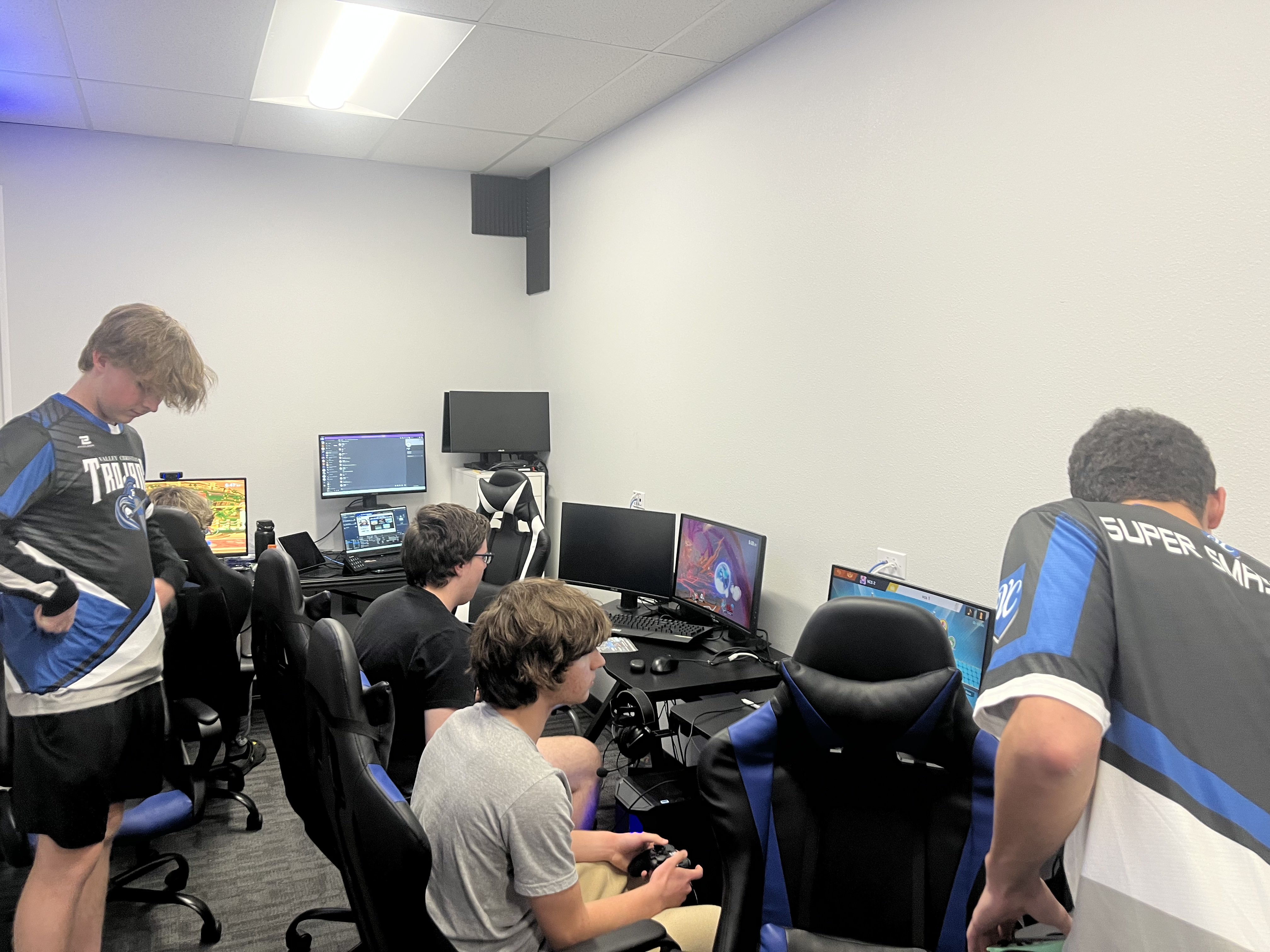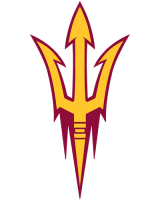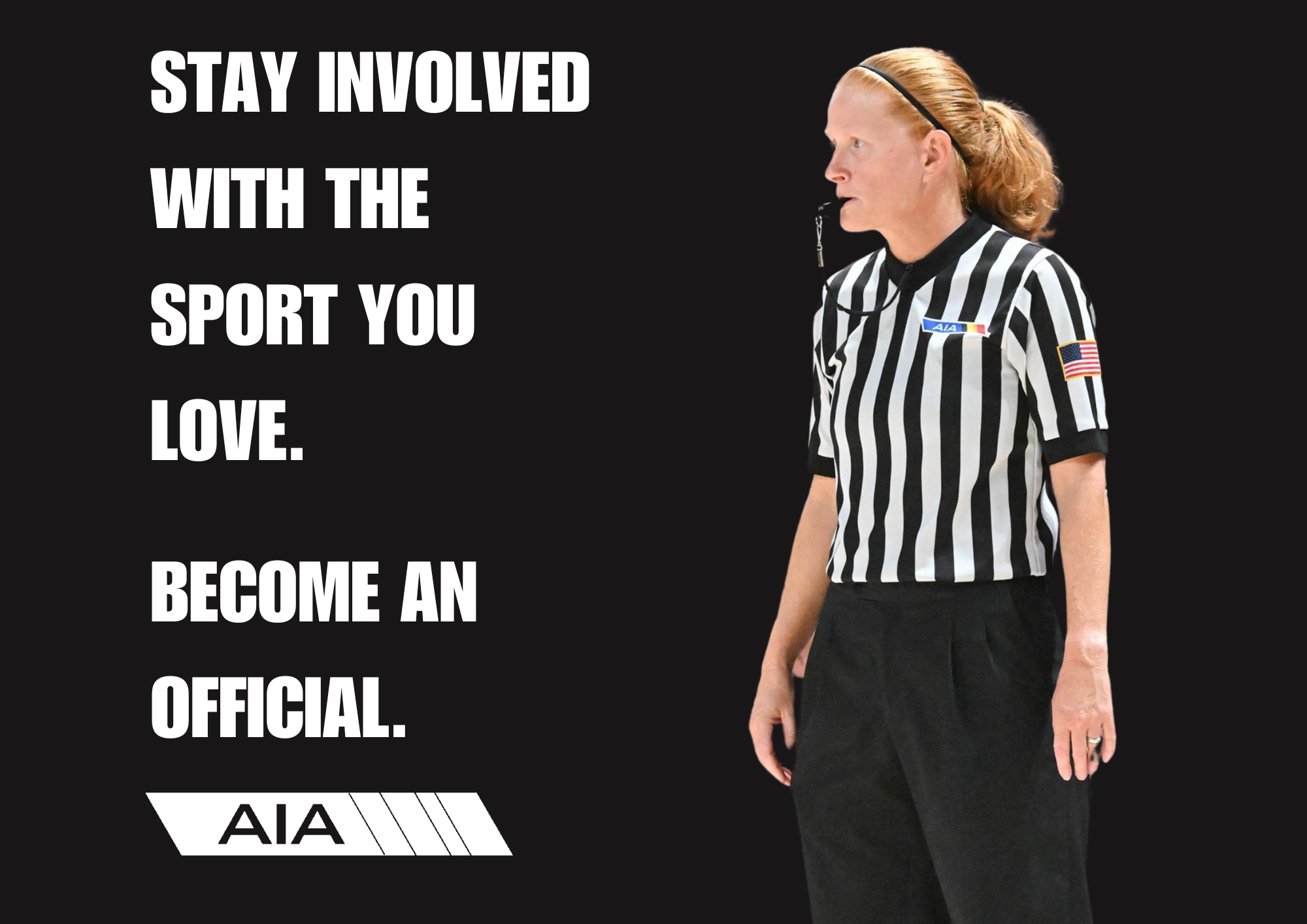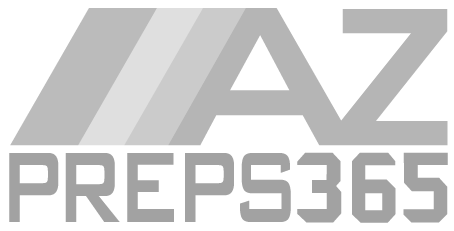Esports is showing big gains in Arizona high schools
May 2, 2025 by Max Weiland, Arizona State University

Max Weiland is an ASU Cronkite School of Journalism student assigned to cover Valley Christian High School for AZPreps365.com
When coach Jon Hunsaker first began leading the esports team at Valley Christian, the roster was small, and the idea of competitive video gaming was still met with skepticism.
Fast forward to today, and the team has expanded to include multiple squads, with students practicing strategic drills, studying match footage and competing in various games.
Hunsaker, who brings a traditional sports mentality to the digital arena, said it's a reflection of a broader shift happening across Arizona: Esports, once just a casual pastime, is rapidly becoming a legitimate and organized sport in high schools throughout the state, offering students new opportunities to excel, connect, and compete at a high level.
Though most universities and professional teams receive ample funding, the growth is not primarily at these levels, but as well at the high school level. High schools like Valley Christian are also building esports programs with the same dedication that goes into every other club or sport at the school.
“I come from a sports background, so I instill structure,” Hunsaker said. “All they need to know is that they need to show up for practice, show up for the game, and their coaches take care of the rest.”
Valley Christian has begun running teams for games like Rocket League, and Super Smash Bros. While treating practices with the same ideas and intentions as a physical sport. Structured drills, and strategic warm ups, and a film style review of matches are incorporated to help all players sharpen their in-game mechanics.
Though for e-sports they are still searching for a bit more acknowledgment at the high-school level. Hudl, a tool used for scouting and match prep at a high school level is unavailable for esports teams, leaving most unaware of possible acknowledgement from this sport. Still coaches are there for a reason and do their research beforehand even without the use of tools such as Hudl.
“We focus on our guys, getting granular things like “this person plays this character” so they are able to be familiar with their matchup,” Hunsaker said.
While it has become a relatively new feature of most high schools, senior Wesley Gentala, a player at Valley Christian has seen the growth first hand from the moment he joined aboard.
“Last year our team was much smaller,” Gentala said. “This year, we’ve got a bunch more guys – we were able to bring back our third JV team, which is very nice.”
While all ages continue to share the passion that is e-sports and the proof of growth is quite noticeable, the funding remains a major roadblock for many programs mostly at the high school level.
Though funding has begun since the rollout of esports into high schools, starting a program still requires a heavy investment. According to the AIA, “to start a club it will take roughly a $10,000 investment. Mentors will help teams walk through the process of getting funding and identify potential funding sources.”
Despite these efforts, securing the right resources remains a challenge. Many school administrators are still unfamiliar with the benefits of esports, making it difficult to gain their full support.
“Funding is always an issue in esports because it’s hard to get the people with the money — usually higher ups in schools who don’t understand the impact of esports — to actually fund the programs properly,” Lenthall added. “But with the right conditions, I think high school esports could be a great avenue to allow students to invest their time in competitive gaming and grow the community on campus.”
At Grand Canyon University, senior Luke Lenthall has seen evolution firsthand.
“In the program, I’ve been involved here at GCU, playing and just being involved in the club, there has been a lot of growth in interest in esports,” Lenthall added. “The Discord we have here has grown exponentially in members, I think over 2,500 members now, opposed to about a thousand when I joined.”
At GCU, students on the varsity team received a reported $2,500 per semester, but that kind of support is not seen at the high school level.
For many higher ups the need may not be prominent, but the digital landscape offers a place for students who might not enjoy the traditional sports themes, but want to feel that sense of team and togetherness all while competing at a high level.
“People have become more interested in esports through the progression of community events and club teams,” said Lenthall. “There are more people that are interested in esports that are outside of the traditional mold of players. Giving them opportunities to lean into that interest can help push all of esports forward.”
The future of all esports teams across Arizona appears bright, even if it's a steep climb. Though as programs evolve, so will the opportunities for Arizona students to connect and compete in their way of expression.
Lenthall believes the next step for high school esports is to gain recognition as a varsity sport, much like football or basketball. “Esports has the potential to be just as important as any other sport. It’s about developing students who excel at their craft, whether it’s in the classroom or on the field—or in this case, on the screen.”
But in order to achieve such recognition, administrators' and parents' perceptions of the sport will need to change. Although esports programs are still frequently viewed as extracurricular, this view is being challenged by their explosive rise in popularity. It's evident that high school esport teams need the same amount of funding, dedication, and organization as traditional sports as these programs continue to grow in popularity.
The USA Esports League emphasizes how esport provides kids with useful skills in STEM subjects in addition to being about gaming.
A recent article claims that video games have advantages beyond engagement and retention. Additionally, they can aid in the development of critical thinking, problem-solving, and teamwork skills—all of which are essential for future professional success.
For example, at Desert Ridge High School, students learn 3D modeling and coding through game-making tools like Unity and Blender. These platforms, which are essential to the creation of video games, also aid in the development of abilities related to different STEM disciplines.
"A lot of communication is one of the skills that my kids have really advanced themselves in," Hunsaker said. "The team allows children to spend time together and play games they enjoy with their friends."
It's evident from the growing popularity of initiatives like these that esports can provide students much more than just amusement, but a sense of purpose and identity all while teaching valuable life and work skills.


